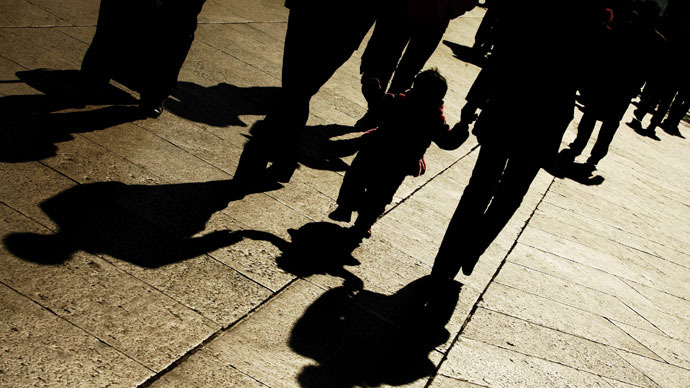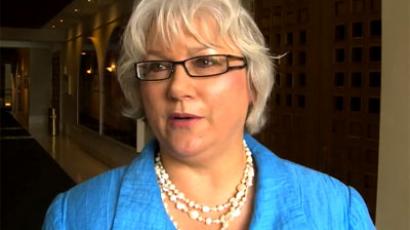Over 330mn abortions in China in 40 years of one-child policy - ministry

More than 330 million abortions and almost 200 million sterilizations have been performed in China since family-planning policies to limit the population were introduced 40 years ago, the country’s Health Ministry has revealed.
Measures to encourage fewer children in China were introduced in the 1970s, including the one-child rule. The goal behind the policies was to minimize population growth to save resources, such as food and water.
Data also revealed that the government has done more than a half-billion birth control procedures, including the mandatory insertion of some 403 million of intra-uterine devices – a practice considered a regular birth control procedure in the West, if chosen voluntarily – the Financial Times reported.
China’s Science and Research Institute blames a lack of sex education for the high number of abortions, stating that less than 10 percent of couples use condoms on a regular basis.
The one-child policy prevents urban families from having more than one child. Exemptions apply to twins, rural couples, ethnic minorities and couples who are both minors. The rule is currently being criticized in China for decreasing the country’s population.
China currently has a population of 1.3 billion. Chinese doctors have performed 8.2 million abortions annually for the past 40 years – enough to re-populate London, UK, 40 times.
For the first time in 40 years, China’s younger labor force dropped last year, which economists warn can be devastating for a developing country. “This makes China’s population look more like a developed country than a developing one, which is a key disadvantage in labor-intensive industries,” economist Ken Peng told the Financial Times.
Former vice minister at the Health Ministry Huang Jiefu argued that a new “family-planning policy” must be found “to fit with the times,” the International Business Times reported.
The new Chinese President Xi Jinping is pursuing such a policy by merging the National Population and Family-Planning Commission with the Health Ministry, which could trigger a move away from the country's restrictive birth-control policies.
"Where else in the world can you find a family-planning bureau? It was quite appropriate to fold it into the [Health] Ministry,” Huang added.
An expert demographer believes that the merger will reduce the power of the family-planning commission: “It won’t have the ability to design policies and it will have less say in the country’s population strategy,” He Yafu told the Financial Times.
Population control has also affected gender ratios in China, with parents preferring males and selectively aborting female fetuses, leading to an imbalance of 34 million more men than women.
According to He, a relaxed policy may be introduced nationwide, allowing two parents who are single children themselves, to have two kids. This rule has already been implemented in some cities across the country on a trial basis.
The country has generally supported the one-child policy in the past. Three in four citizens believe that without it, the country’s population would be 30 percent higher at 1.7 billion not 1.3 billion, which would have drained the nation's resources, according to 2008 Pew Research Center survey.














